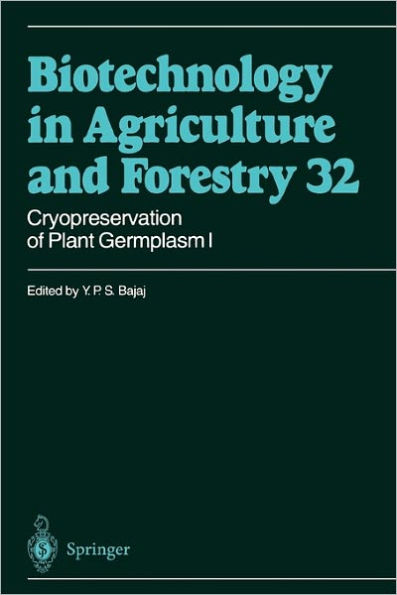5
1
9783642081842



Cryopreservation of Plant Germplasm I / Edition 1 available in Hardcover, Paperback

Cryopreservation of Plant Germplasm I / Edition 1
- ISBN-10:
- 3642081843
- ISBN-13:
- 9783642081842
- Pub. Date:
- 12/07/2010
- Publisher:
- Springer Berlin Heidelberg
- ISBN-10:
- 3642081843
- ISBN-13:
- 9783642081842
- Pub. Date:
- 12/07/2010
- Publisher:
- Springer Berlin Heidelberg

Cryopreservation of Plant Germplasm I / Edition 1
$329.99
Current price is , Original price is $329.99. You
329.99
In Stock

Product Details
| ISBN-13: | 9783642081842 |
|---|---|
| Publisher: | Springer Berlin Heidelberg |
| Publication date: | 12/07/2010 |
| Series: | Biotechnology in Agriculture and Forestry , #32 |
| Edition description: | Softcover reprint of hardcover 1st ed. 1995 |
| Pages: | 514 |
| Product dimensions: | 6.10(w) x 9.25(h) x 0.24(d) |
From the B&N Reads Blog
